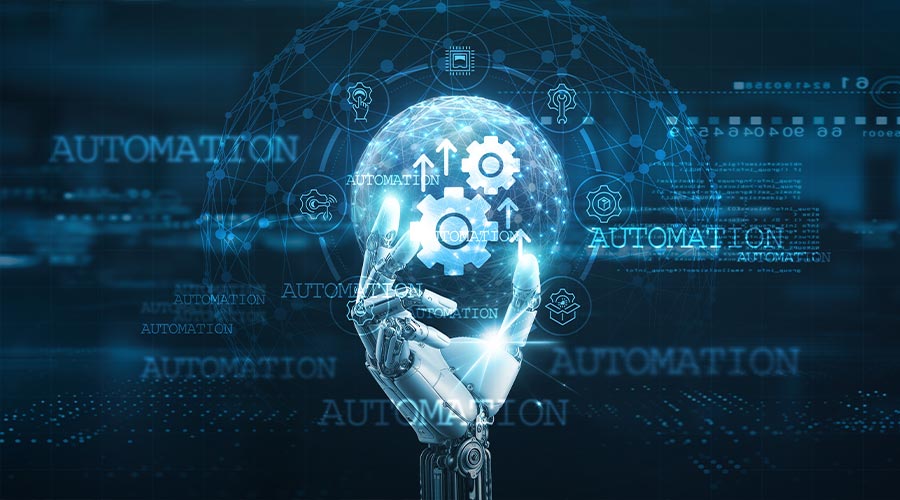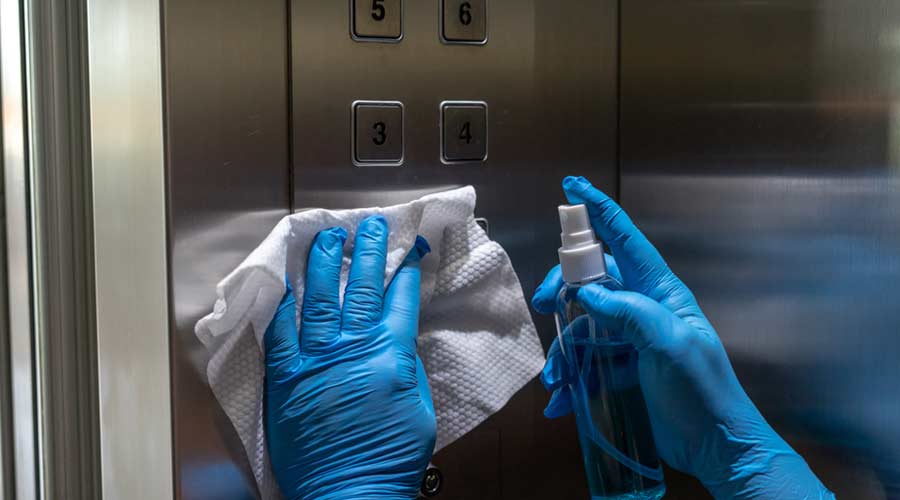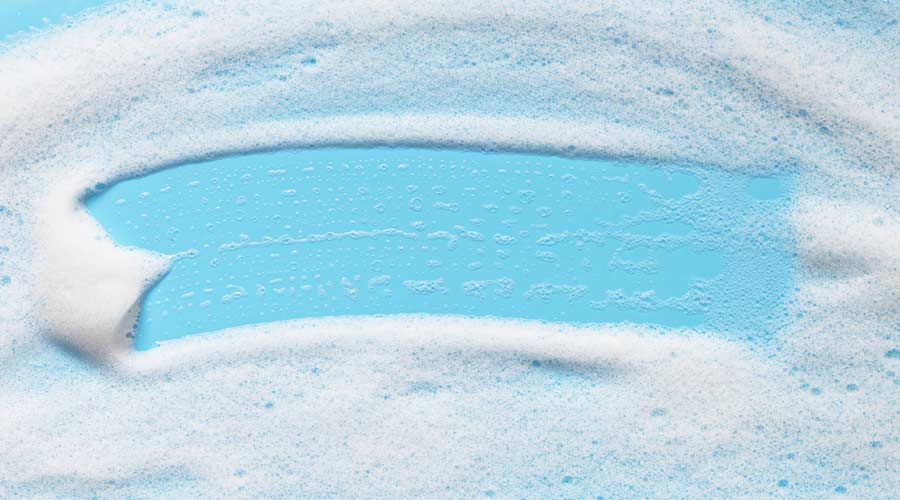
There are two kinds of people; those who embrace change and eagerly anticipate each new development or invention that hits the market, and those who cling to what they know works and hold firmly to the stance that “if it ain't broke, don't fix it.”
Floor care equipment technology is advancing at a rapid pace, and jan/san distributors have a responsibility to make sure that their sales and maintenance teams are keeping current on the latest developments, features, capabilities, and options to best serve their customers.
It's also vital that end users are properly trained to operate the newest equipment, and that they understand the positive return on investment (ROI) that comes from investing in it. The “if it ain't broke, don't fix it” contingent can be swayed to embrace the latest offerings when end users see how they can improve their bottom line.
Adapting to Autonomy
From the early days of buckets and mops, floor care equipment is constantly evolving — especially as facilities increase in square footage. The industry has experienced the emergence of everything from electric and battery-powered units to walk-behind machines, to ride-on equipment, to the latest autonomous/robotic options, and more.
“Over the past few years, robotics and autonomous machines have entered our marketplace,” confirms Carol Dell'Aquila, vice president of Corporate Sales, Maintex Facility Solutions, City of Industry, California. “You now see robotic automatic scrubbers in many of the different market segments, such as retail, big box stores, airports, school districts, colleges, and many other verticals. They increase staff efficiency and productivity, offload routine and repetitive cleaning tasks, and deliver proof of performance while allowing existing staff to maintain other areas that require a more detailed and manual task.”
Autonomous (also known as robotic) floor care equipment can clean floors with minimal need from an operator. These machines are designed and programmed to perform various tasks, including sweeping, dust mopping, and scrubbing, and can be used on hard flooring and carpet.
“To varying degrees, autonomous machines have been around for many years, but did not make into the mainstream until after COVID-19,” says Phil Carrizales, director of the Hygiene and Facilities Solutions Division at Acme Paper and Supply Company, Jessup, Maryland. “Labor shortages in every vertical made facility managers take a deeper look into autonomous machines because buildings still needed to be cleaned. I see this trend continuing because the machines are very efficient. I believe labor shortages will continue to be an issue, and there is a greater acceptance of this technology by the workforce since it makes their lives easier.”
Dell'Aquila agrees that the growth and implementation of autonomous equipment will continue. She has seen several manufacturers develop the technology for even larger platforms — introducing large sweepers, automatic scrubbers, multi-use carpet machines, and even incorporating functions not directly related to floor maintenance.
“Robotics are here, they are proven to maximize cleaning times, and I believe they will continue to grow in every vertical,” she says. “In some large box stores, you can find autonomous floor scrubbers that are doing ongoing cleaning while the space is open to the public, as well as scanning inventory with an additional raised arm added to the side of the scrubber for data collection. It combines cleaning with fulfilling the retail needs.”
Outside of the proliferation of autonomous equipment, the next notable innovation in this marketplace is lithium-ion batteries, according to Carrizales. When first introduced, lithium-ion batteries were considered cost prohibitive, but “newer battery technology gives the equipment longer run time and less downtime for charging,” he explains. “The ROI for equipment using lithium-ion batteries has significantly improved.”
Training and Implementation
Along with educating customers on the innovations in equipment comes the need to train the frontline cleaning staff who will be operating and maintaining the machines.
Manufacturers design equipment that is simple and instinctive to operate, that provides onboard technical diagnostics and can troubleshoot any problems in real time. Most offer training programs both on-site and at their own facilities, video training packages available online and for handheld/mobile devices, and printed manuals — as well as ongoing support as needed. Distributors should develop good working relationships with equipment manufacturers in order to establish comprehensive training and support for their end-users.
“Training is the key to the implementation, proper use, upkeep and active maintenance and, most importantly, supporting the team members,” says Dell'Aquila. “Our equipment manufacturers are very involved when introducing new equipment offerings to our sales team and will assist when the equipment is demonstrated or sold to the end-users.”
If pushback on implementing autonomous equipment comes in the form of frontline staff members expressing fear of being replaced, leading to the elimination of jobs, it can be noted that these autonomous solutions are designed to work alongside staff to assist them in accomplishing daily tasks. They can serve as a solution for labor shortages, but they are a tool for staff, too. A strong selling point is that the equipment can take on repetitive tasks, allowing staff to focus on more detailed and high-priority assignments.
Autonomous floor care equipment is not a “one size fits all” solution, however, and distributors should work with manufacturers and end-users to find the right fit. Just as it is important to prepare and train staff ahead of implementation, it is important to evaluate the physical environment where the machines will be operating. Carpeted floors will require an autonomous vacuum sweeper; hard surface floors will require an autonomous scrubber, and so on.
Maintenance Strategies for Autonomous Floor Equipment

 The Down and Dirty on Cleaning in Virus Season
The Down and Dirty on Cleaning in Virus Season How Surfactant Use is Expanding in Commercial Cleaning
How Surfactant Use is Expanding in Commercial Cleaning Maximize Your Margins: Learn How to Automate Pricing and Track Rebates
Maximize Your Margins: Learn How to Automate Pricing and Track Rebates